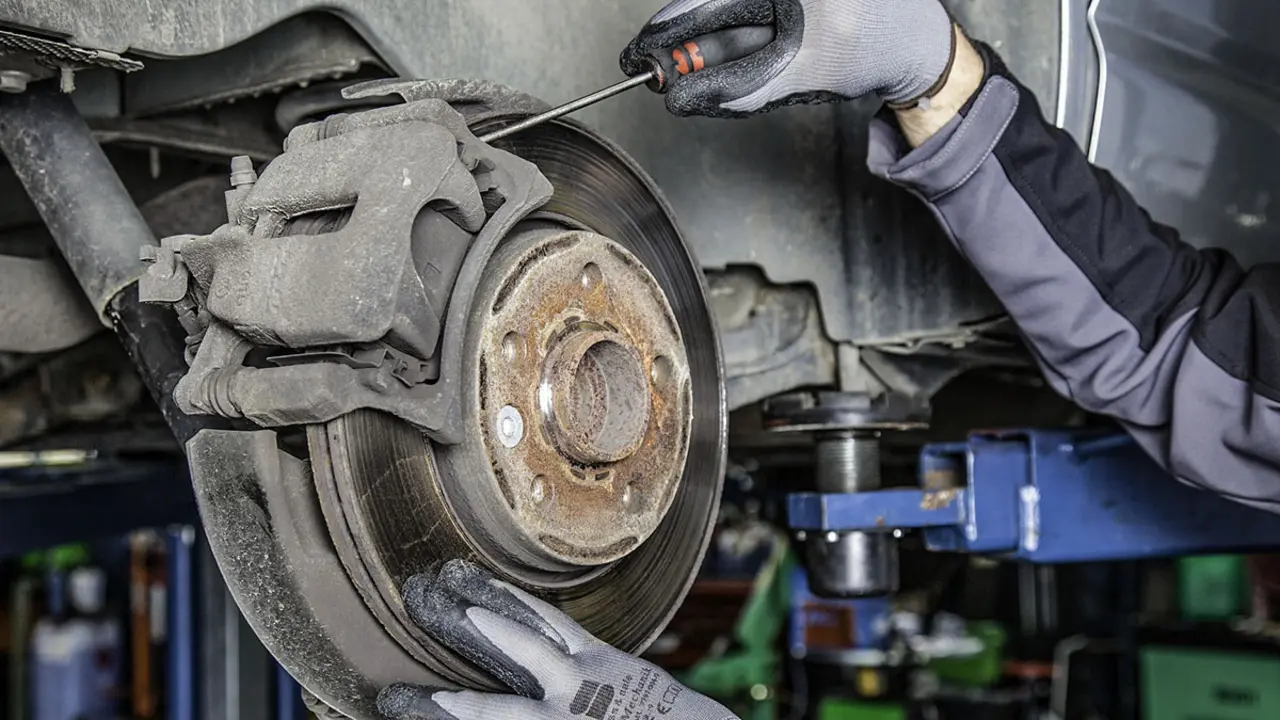Ozone hole is largest, deepest in recent years

The hole in the ozone layer over Antarctica is one of the largest and deepest in recent years, according to the World Meteorological Organization (WMO).
The ozone layer offers protection to the planet's living species against the harmful effects of ultraviolet (UV) rays from the sun.
"The risks of UV rays include skin cancer and cataracts. Many national meteorological services issue warnings about UV rays and it is very important that they are heeded," WMO spokesperson Clare Nullis told Efe.
The warning is now particularly timely for Latin America and other regions in the southern hemisphere, "where people need to follow advice and protect themselves from the sun," she added.
This year, the hole that forms with an annual frequency has been growing very rapidly since mid-August and reached its largest size of 24 million square kilometres at the beginning of that month, as also confirmed by the EU's Copernicus Atmospheric Monitoring Service.
Today it covers 23 million square kilometres, a size that is above the average of the last decade, Nullis said.
The ozone hole thus covers almost the entire continent of Antarctica and scientists believe it has reached its maximum extent this year.

The ozone layer behaves very differently from year to year: in 2019 the hole was unusually small, whereas the previous year it was quite large, practically like the one that has now formed.
Nullis said these variations confirm that there can be no let-up in efforts to end the use of chemicals that destroy the ozone layer - particularly halocarbons - and that are banned by an international convention.
Of those chemicals, fluorocarbons, chlorofluorocarbons (CFCs) are the most widely used and at the same time the most damaging to the ozone layer. They can be found in fire extinguishers, refrigerants, propellants and solvents.
CFCs are present in refrigerators and freezers, but new appliances have been free of these chemicals for some years.
Since halocarbons were banned, the ozone layer has slowly begun to recover and its hole has become smaller and smaller, despite the immense size it still reaches.








